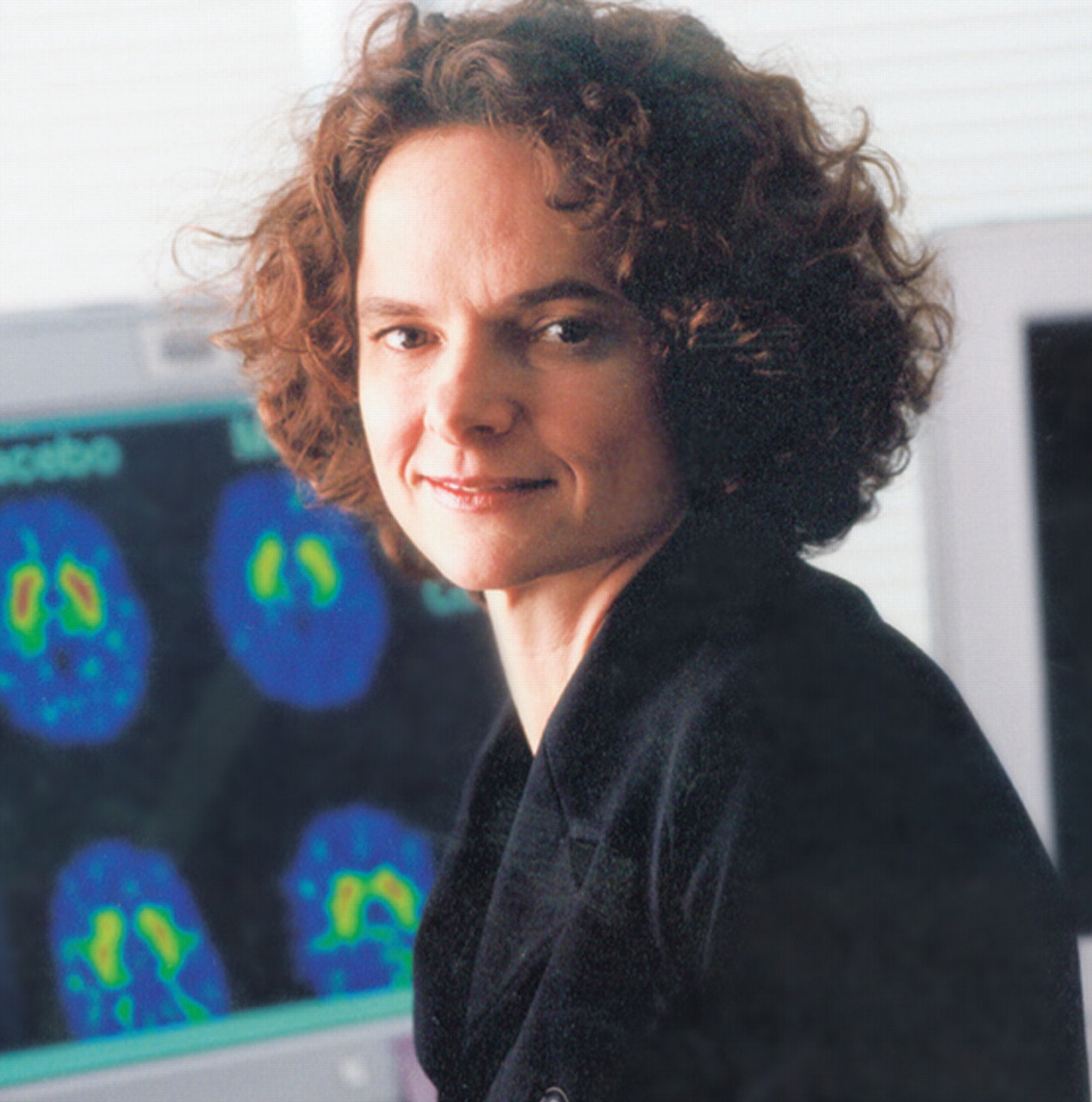NIDA Director Warns Against Complacency on Marijuana Use
Abstract
Adolescents from eighth grade through the last year of high school are increasingly using marijuana, according to the latest National Institute on Drug Abuse (NIDA) study of substance use rates.
Nationwide, daily marijuana use increased from 5.2 percent in 2009 to 6.1 percent in 2010 among high-school seniors, from 2.8 percent to 3.3 percent among 10th-grade students, and from 1 percent to 1.2 percent among eighth-grade students—the three grades surveyed by NIDA's 2010 Monitoring the Future Survey (MTF), which was released last December.

Nora Volkow, M.D.: The youth most at risk of abusing marijuana and other drugs are those with other preexisting psychiatric disorders.
The increases in marijuana use concerned Nora Volkow, M.D., director of NIDA, because that drug has serious short-term effects on developing brains, although its long-term impacts remain uncertain.
“Young people are particularly vulnerable to the [developmental] impact of drugs,” Volkow said at a press conference at which the survey results were released.
Especially relevant for psychiatrists was Volkow's emphasis that the youth most at risk of abusing marijuana and other drugs are those with other preexisting psychiatric disorders. She encouraged all physicians to evaluate their older pediatric patients for the presence of substance use disorders.
“Early interventions could be critical to disrupting long-term use and abuse of those substances,” she stressed.
Volkow and Gil Kerlikowske, director of the White House Office of National Drug Control Policy, blamed the increase in youth marijuana use on efforts in some states in recent years to legalize medical use of the drug.
“Calling smoked marijuana medicine is absolutely incorrect, and it sends the wrong message” to children, said Kerlikowske at the press conference.
State medical marijuana legalization efforts also were blamed by federal officials in part for similar increases in marijuana use among both children and adults identified in another survey-based study reported earlier in 2010 (Psychiatric News, October 15, 2010).
The best way to reverse the increased use of marijuana among adolescents, Kerlikowske said, is for clinicians to educate parents on both the need for them to talk to their children about the dangers of drug use and effective ways to get their message across. Additionally, physicians and other health care professionals should address the issue of drug use during their clinical encounters with older children.
Children “take these suggestions quite seriously,” said Kerlikowske about such brief antidrug discussions. “So for all of those people who think that kids don't listen, they do listen to these trusted strangers.”
Increased marijuana use was one of the main drivers of the overall increase in the national rate of children and teens who reported using any type of drug—from 14.5 percent in 2009 to 16 percent in 2010, according to the latest MTF findings.
Another illicit substance driving the overall increase in drug use was ecstasy. Past-year use of ecstasy increased from 1.3 percent of eighth-grade students in 2009 to 2.4 percent in 2010. The percentage of 10th graders using the drug rose as well—from 3.7 percent in 2009 to 4.7 percent in 2010, the survey found. Use of ecstasy also rose slightly for high-school seniors, from 4.3 percent in 2009 to 4.5 percent in 2010.
Those new increases in ecstasy use followed steep declines after the 1990s and static use rates from 2007 to 2009.
“We thought we had put that problem behind us,” said Lloyd Johnston, Ph.D., a research scientist at the University of Michigan and lead author of the MTF survey.
Abuse of prescription drugs also remains a “real concern,” said Johnston. For instance, one of the highest-profile prescription drugs abused, OxyContin, was used for nonmedical purposes by 2.1 percent of eighth-grade students, 4.6 percent of 10th-grade students, and 5.1 percent of high-school seniors.
New efforts to reduce the rates of drug abuse include a “revamped and relaunched” national multimedia and advertising campaign, Kerlikowske said. He also expressed hope that a law enacted in October 2010 (PL 111-273) that allows state and local prescription-drug takeback programs to accept controlled substances will help remove many unused prescription drugs from circulation and thus availability to children and teens.
The 2010 MTF results are based on anonymous survey responses by 46,482 students in 396 public and private schools nationwide.
The survey results are posted at <http://monitoringthefuture.org/pressreleases/10drugpr_complete.pdf>.



